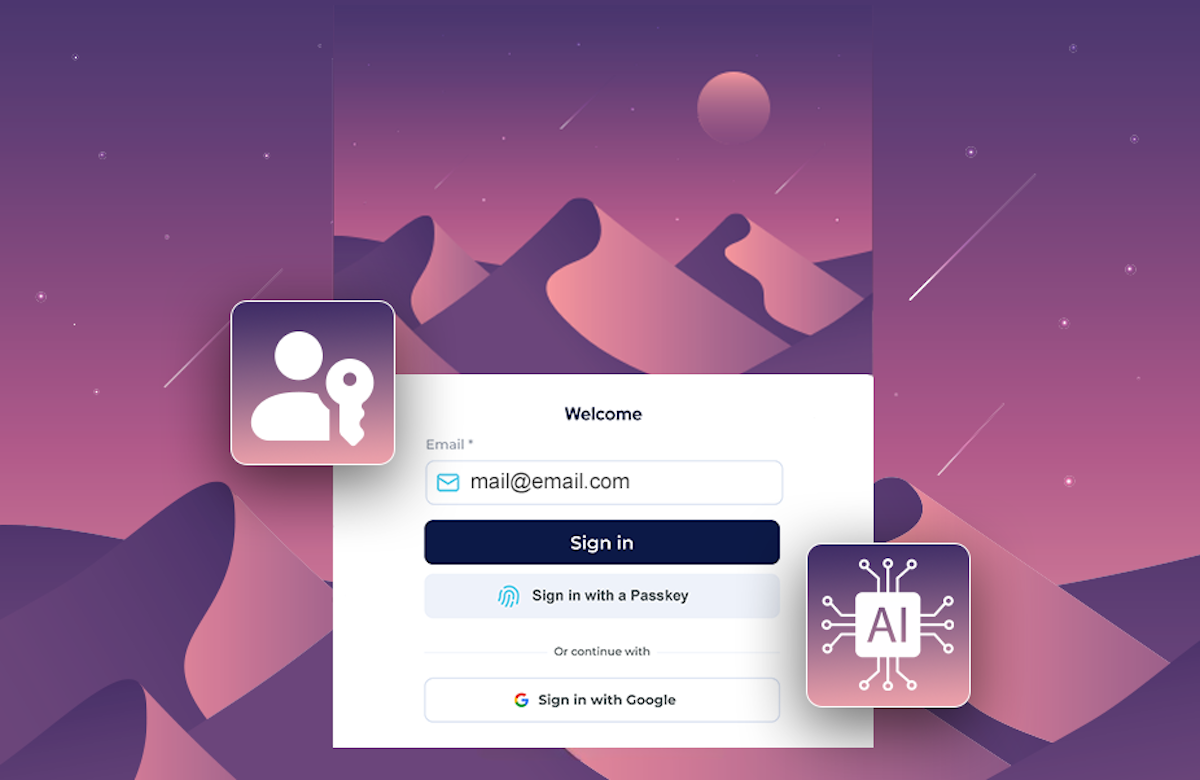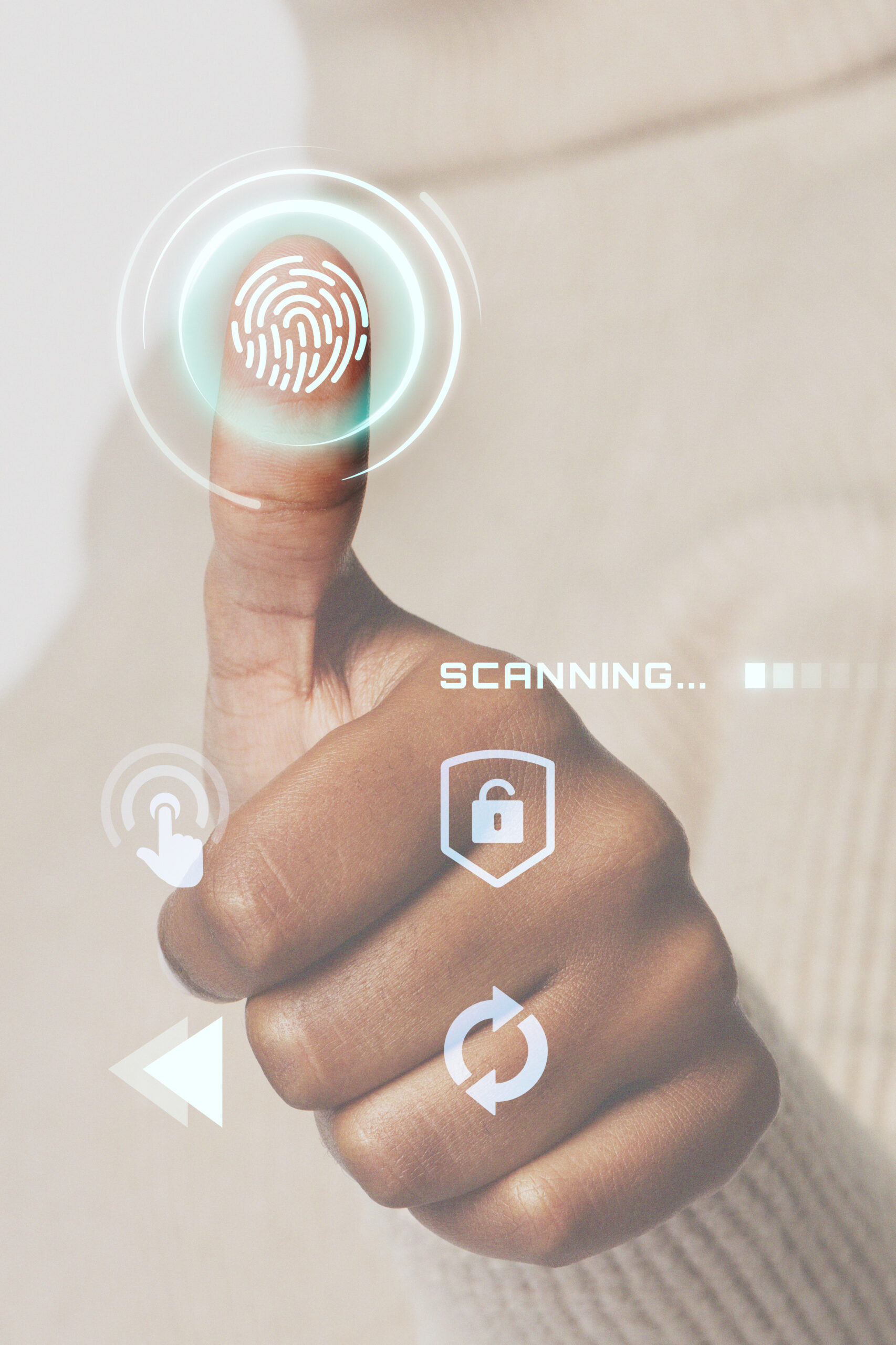Countless articles and studies that discuss the latest trends and news in the CIAM market are available online. However, I’m skeptical of most sources as they tend to represent the interests of individuals and their companies, making it hard to determine what’s relevant and what’s just marketing fluff. Despite this, I would like to bring your attention to three specific news and trends that are backed by clear evidence and predicted to impact our market significantly.
In my experience, the trends that solve a significant problem for individuals or businesses and don’t contradict the interests of big corporations are the only ones that will gain importance and have a real impact. Therefore, I will first discuss the problem and then comment on the trend.
1. AI is threatening identity
Problem:
Imagine you are on a video call, and suddenly your CEO comes in, looking stressed and asking you to urgently grant access to an internal system to his personal account! Except… it wasn’t actually your CEO. It was a deepfake, a hyper-realistic video created using AI. 😱
This isn’t science fiction; a Hong Kong company lost millions due to a deep fake impersonating a CFO, as reported by CNN.

Just a few weeks ago one of our architects received a text message with someone pretending to be our CEO, Nate. For us, it was incredibly easy to spot and report, but we are moving from a period of text-only or email-only attacks to a time where replicating someone’s voice, image, or even creating a video requires minimal technological resources. Need proof? Using an AI trained with a sample of six pictures of Nate, I was able to generate these fake photos of him in just 15 minutes.

Solution:
Companies are increasing the adoption of current available methods like Multi-Factor Authentication (MFA) as a short-term solution, but the real game-changer is AI-powered threat detection. These systems are like super-smart security guards, analyzing user behavior and data to identify fraud, even when deepfakes are involved. Gartner predicts that 80% of large companies will be using AI for fraud detection by 2025https://www.gartner.com/reviews/market/online-fraud-detection
Happy to chat more about it, send me a message or leave a comment.
2. Decentralized Identity: You Own Your Data
Problem:
Imagine a beehive bustling with activity. Bees (users) constantly come and go, collecting pollen (data) and bringing it back to the hive (centralized server controlled by a company or government, acting as the beekeeper).
The beekeeper meticulously manages the hive:
- Ensuring its proper functioning: The beekeeper ensures the hive is well-maintained, providing the ideal environment for the bees to thrive (the company/government offers services in exchange for user data).
- Harvesting the honey: The beekeeper periodically extracts honey (valuable insights derived from user data) from the hive to use for various purposes (potentially selling data, using it for targeted advertising, or informing decision-making).
While the beekeeper plays a vital role, concerns arise:
- Single point of failure: If a predator attacks the hive (security breach), the entire colony and its resources (all user data) are at risk.
- Limited bee control: The bees have no say in how the beekeeper uses the honey (users have no control over how their data is used).
- Uncertain honey distribution: While the bees contribute to producing the honey, they don’t necessarily benefit directly from it (users don’t always get a share of the value generated from their data).
Solution:
Now, imagine if the beehive itself (user data) could be self-managed. Decentralized Identity acts like a cooperative beekeeping system:
- Individual bees own the honey: Each bee (user) has a unique, secure “honeycomb” (digital ID) to store their own data (pollen and honey).
- Bees control access: Bees decide who can access their honeycombs and what information they can see (users control data sharing).
- Shared responsibility: The beekeeping community (decentralized network) works together to maintain the overall ecosystem (secure data storage and verification).
Benefits of this decentralized approach:
- Reduced risk: No single point of failure, as data isn’t stored in one central location, minimizing the impact of potential breaches.
- Increased control: Users have full ownership and control over their data, deciding who can access it and for what purpose.
- Empowered bees: Users can choose to “sell” their honey (data) directly to others for fair compensation, potentially creating new economic opportunities.
This analogy demonstrates how Decentralized Identity can empower users to become independent beekeepers, managing their valuable data (honey) within a secure and collaborative ecosystem.
A 2022 study by the World Economic Forum identified DID adoption as a critical step towards a more secure and user-centric digital futurehttps://widgets.weforum.org/blockchain-toolkit/digital-identity/index.html

While DID is still in its early stages of development, it has the potential to revolutionize the way we manage our identities online.
3. Democratizing CIAM: Low-Code/No-Code Solutions
Problem:
Implementing and maintaining robust CIAM solutions can be complex and resource-intensive. This creates several challenges for businesses:
- High Costs: Traditional CIAM solutions often demand specialized technical skills for customization and maintenance. This can be costly, particularly for small businesses and non-technical teams.
- Limited Agility: Implementing and modifying traditional CIAM solutions typically involves lengthy development cycles and reliance on IT resources. This can hinder a company’s ability to adapt to changing business needs and security threats quickly.
- Limited Accessibility: The complexity of traditional CIAM solutions can create a barrier to entry for smaller businesses and non-technical teams. This hinders their ability to implement essential security measures and manage user access effectively.
Solution:
Low-code/No-code (LCNC) CIAM platforms offer a user-friendly alternative to traditional solutions by:
- Reducing Development Costs: LCNC platforms require minimal coding, allowing businesses to implement essential CIAM features without significant IT investment. This can be a game-changer for smaller businesses and non-technical teams with limited budgets.
- Increasing Agility: LCNC platforms typically offer pre-built functionalities and drag-and-drop interfaces, enabling businesses to implement and modify CIAM features quickly and easily. This allows them to adapt to changing business needs and security threats more efficiently.
- Improving Accessibility: LCNC platforms require minimal to no coding expertise, making them accessible to a wider range of users within an organization. This empowers non-technical teams to take ownership of CIAM initiatives and fosters broader security awareness within the company.

The CIAM arena is rapidly evolving with three key trends emerging: AI-powered threat detection to combat sophisticated attacks, Decentralized Identity (DID) for user empowerment and data ownership, and Low-Code/No-Code (LCNC) solutions to democratize access to robust CIAM for businesses of all sizes. These trends represent a significant shift towards a more secure, user-centric, and accessible digital identity ecosystem. Contact Next Reason today and let our experts help you navigate the ever-changing CIAM landscape.








